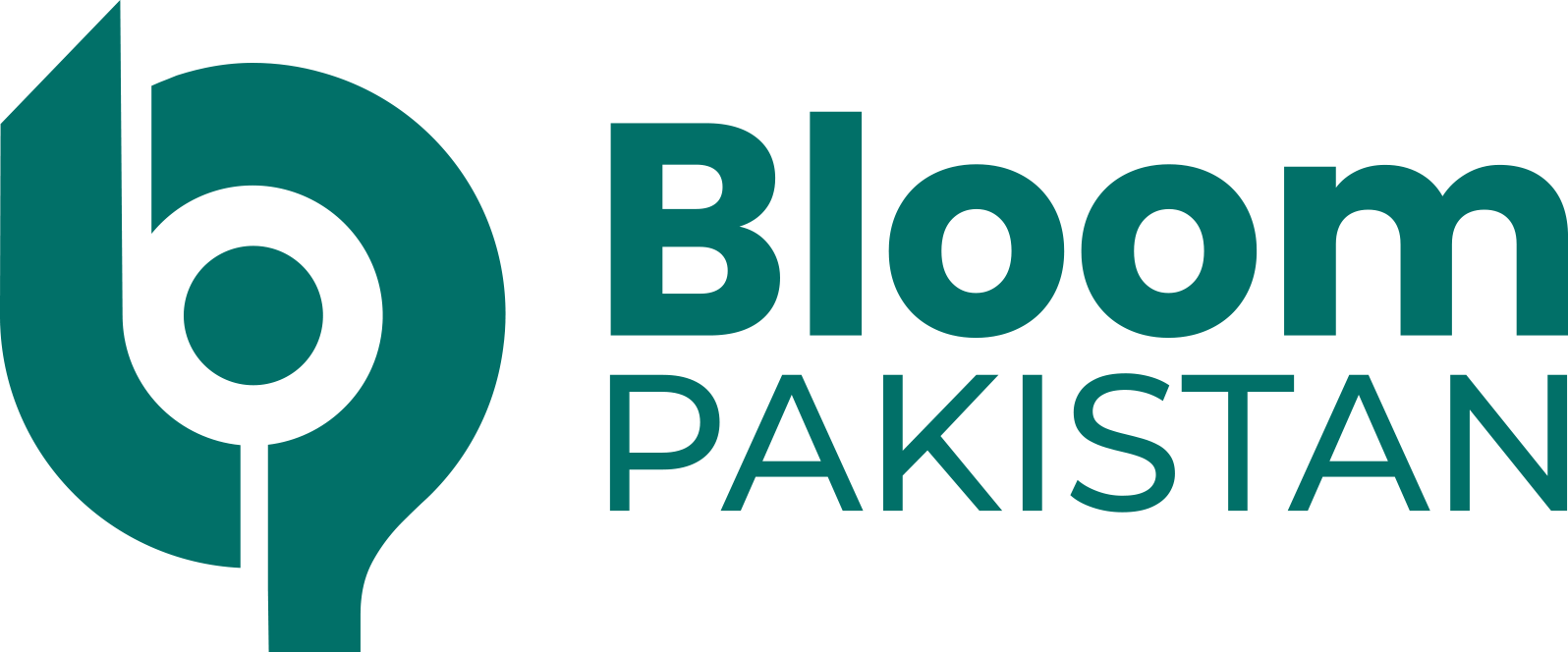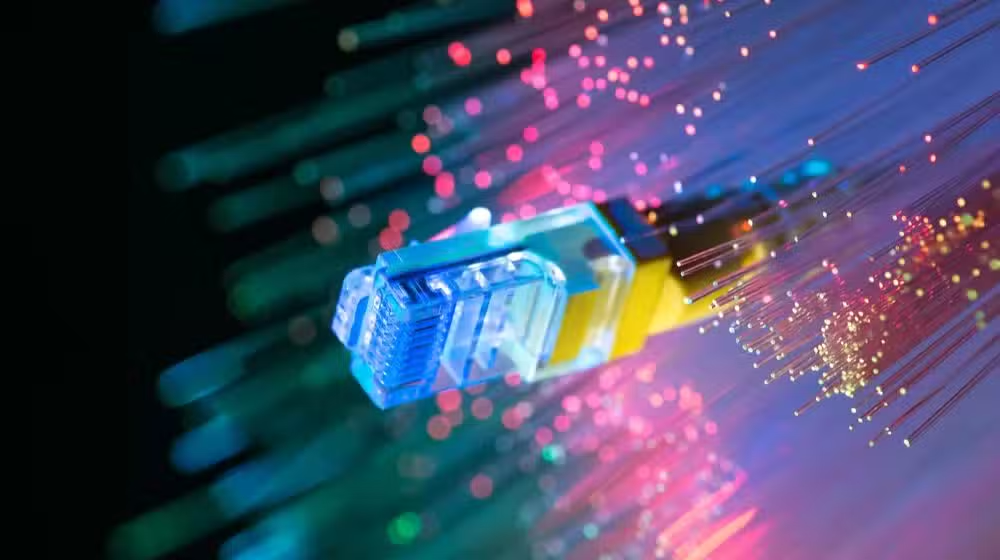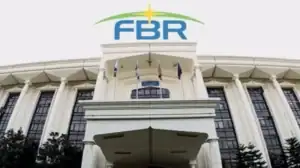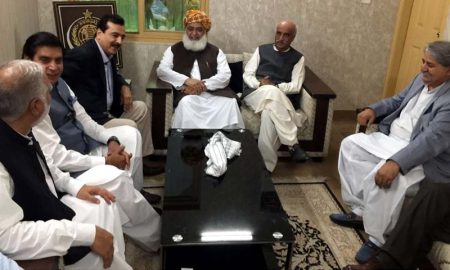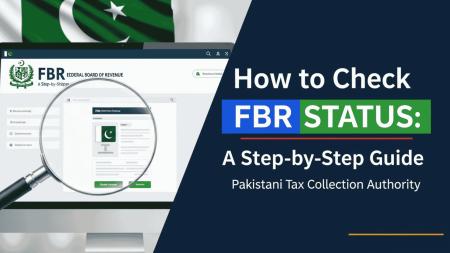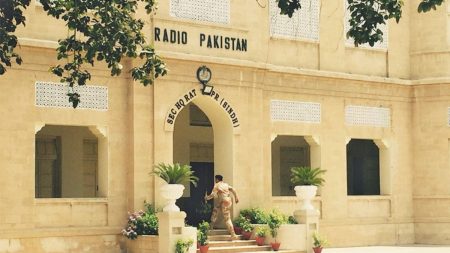Islamabad, Sep 20: In today’s digital age, Pakistan’s struggle to achieve competitive internet speeds is becoming increasingly apparent.
While countries like the United States and many in Europe and the Arab world set minimum broadband speeds of 100 Mbps or more, Pakistan’s average broadband speed remains a mere 10-20 Mbps, significantly below the global average of 78.62 Mbps, according to Speedtest.net.
This digital divide hinders Pakistan’s global competitiveness, stifles innovation, and restricts access to the digital economy.
Shahzad Arshad, Chairman of the Wireless and Internet Service Providers Association of Pakistan (WISPAP), highlights the outdated and fragmented nature of Pakistan’s internet infrastructure.
The lack of investments in fiber-optic networks hampers efforts to modernize connectivity. This leads to unreliable connections and slow speeds, affecting vital sectors such as education and business.
One of the major barriers for Internet Service Providers (ISPs) is the Right-of-Way (ROW) challenges. Arshad points out that financial obstacles arise when expanding networks. For example, Pakistan Railways demands around 2 million PKR for permitting fiber-optic cables to cross railway lines. Housing societies in newly developed areas also impose various charges, further complicating the deployment of infrastructure.
Deploying fiber-optic networks in cantonment areas poses significant bureaucratic challenges, making expansion difficult. Arshad likens navigating these regulations to “passing through a river of fire.”
Additionally, ISPs face exorbitant rates from monopolistic international gateways for global internet connectivity.
These gateways charge in US dollars while ISPs earn in Pakistani rupees, leading to increased costs due to fluctuations in the USD-PKR exchange rate. Arshad notes that this unsustainable system forces ISPs to pass costs onto consumers, resulting in expensive internet and low speeds.
Pakistan’s internet sector is at a crossroads, with significant barriers to modernization and competitiveness. Addressing these challenges requires urgent policy reforms, investment in infrastructure, and a reevaluation of the current pricing mechanisms to enhance internet connectivity across the nation.
